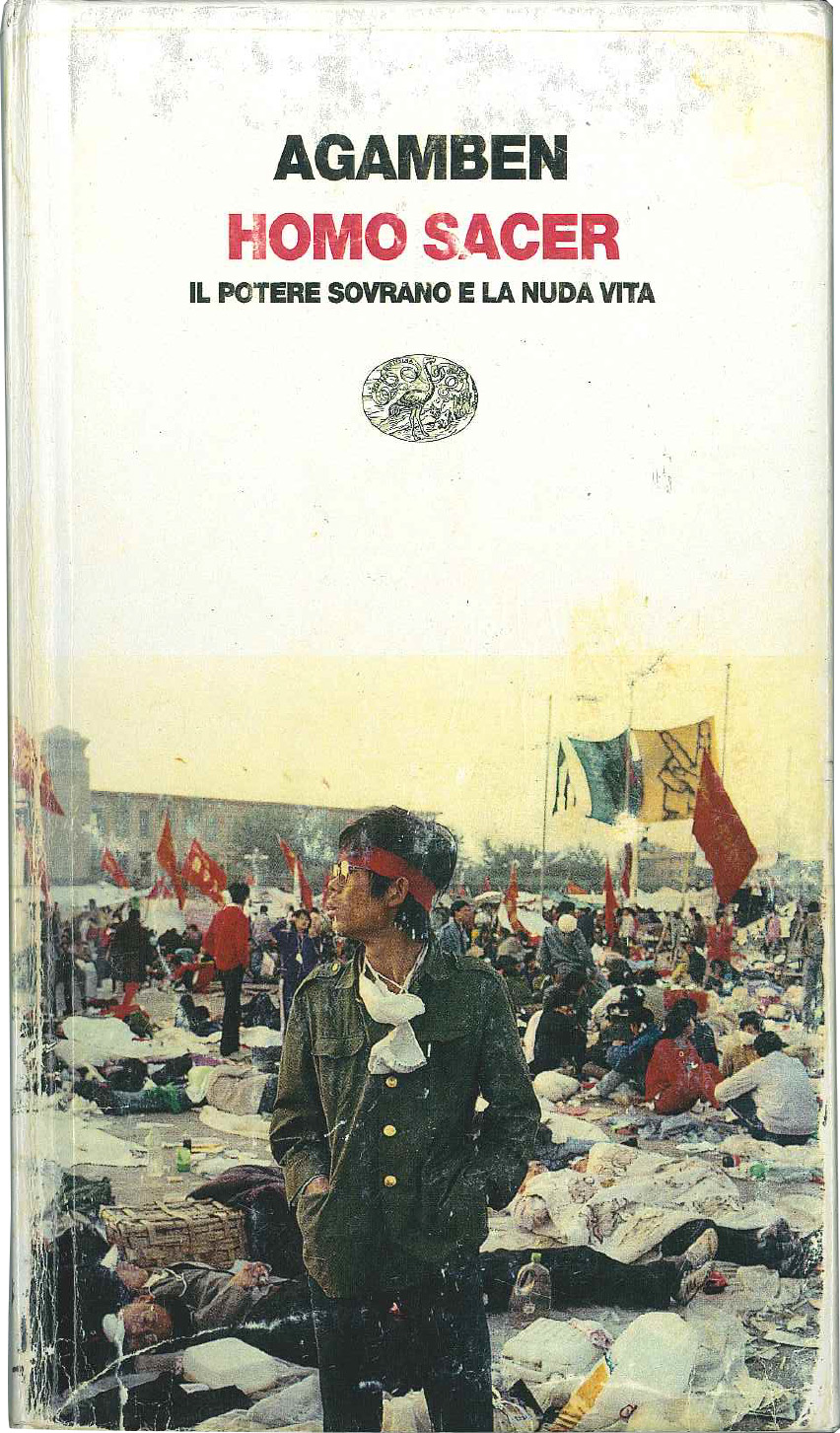Giorgio Agamben’s Homo Sacer series
Agamben’s theory of politics identifies itself as “biopolitical critique.” It criticizes racial stereotypes side by side with other forms of “total sovereignty.” However, as such, it turns not only against explicit totalitarian regimes, such as Stalin’s and Hitler’s, but against the capitalist order, which identifies life with consumption, and the realization of the self with economic profit. Both fascism and capitalism try to reach a point of total control or a “total politicization of life,” according to Agamben. From this angle, the difference between totalitarianism and democracy is one of quantity, not quality, of coercion. In this brave new world, the Homo Sacer is no longer a Jewish Muselmann, but a Muslim immigrant, an oppressed woman, or a political critic.
